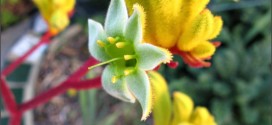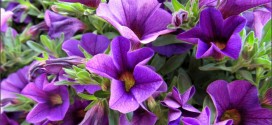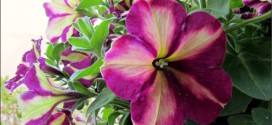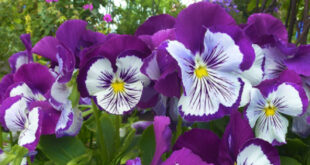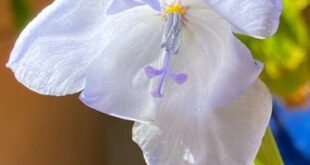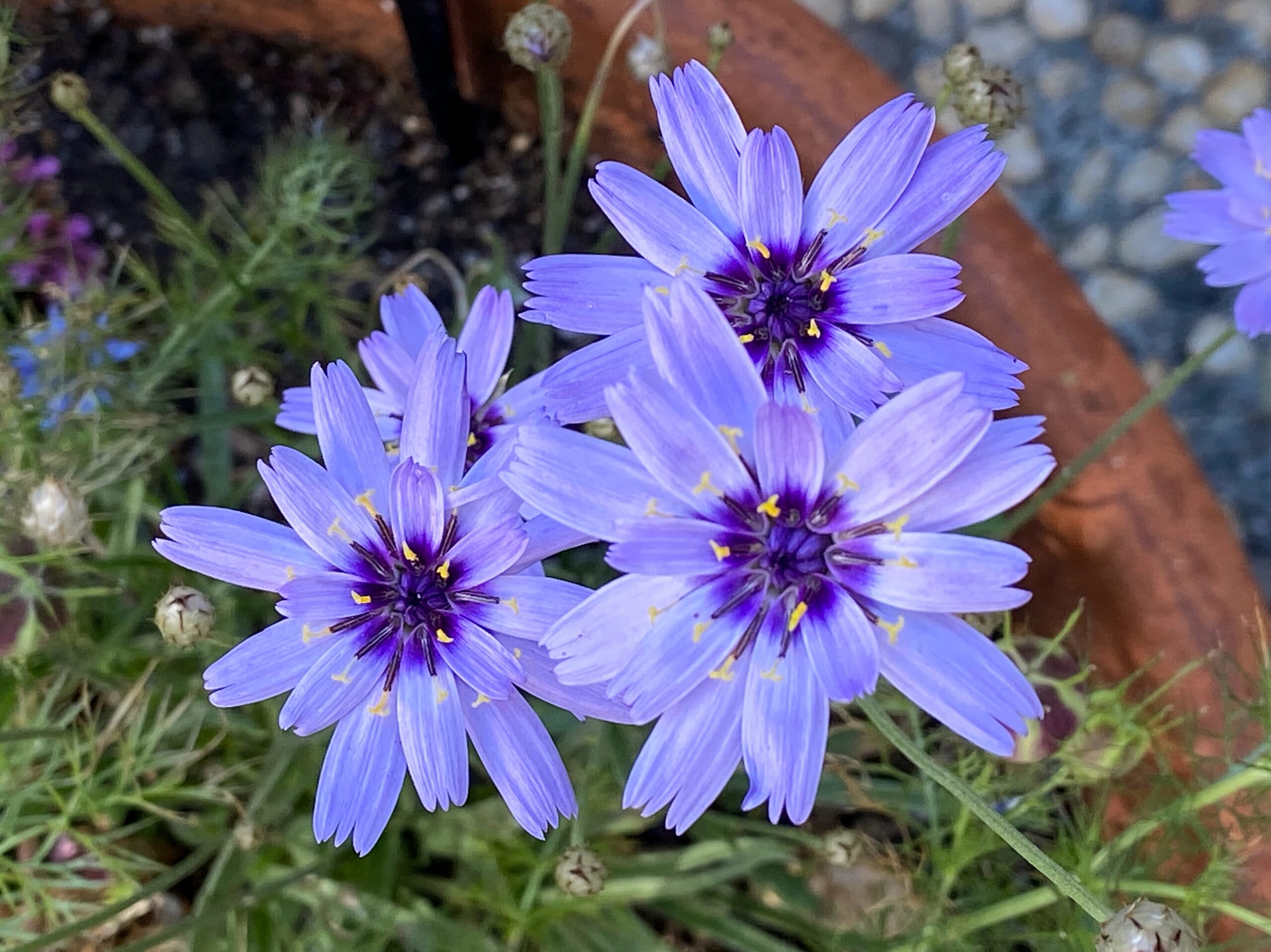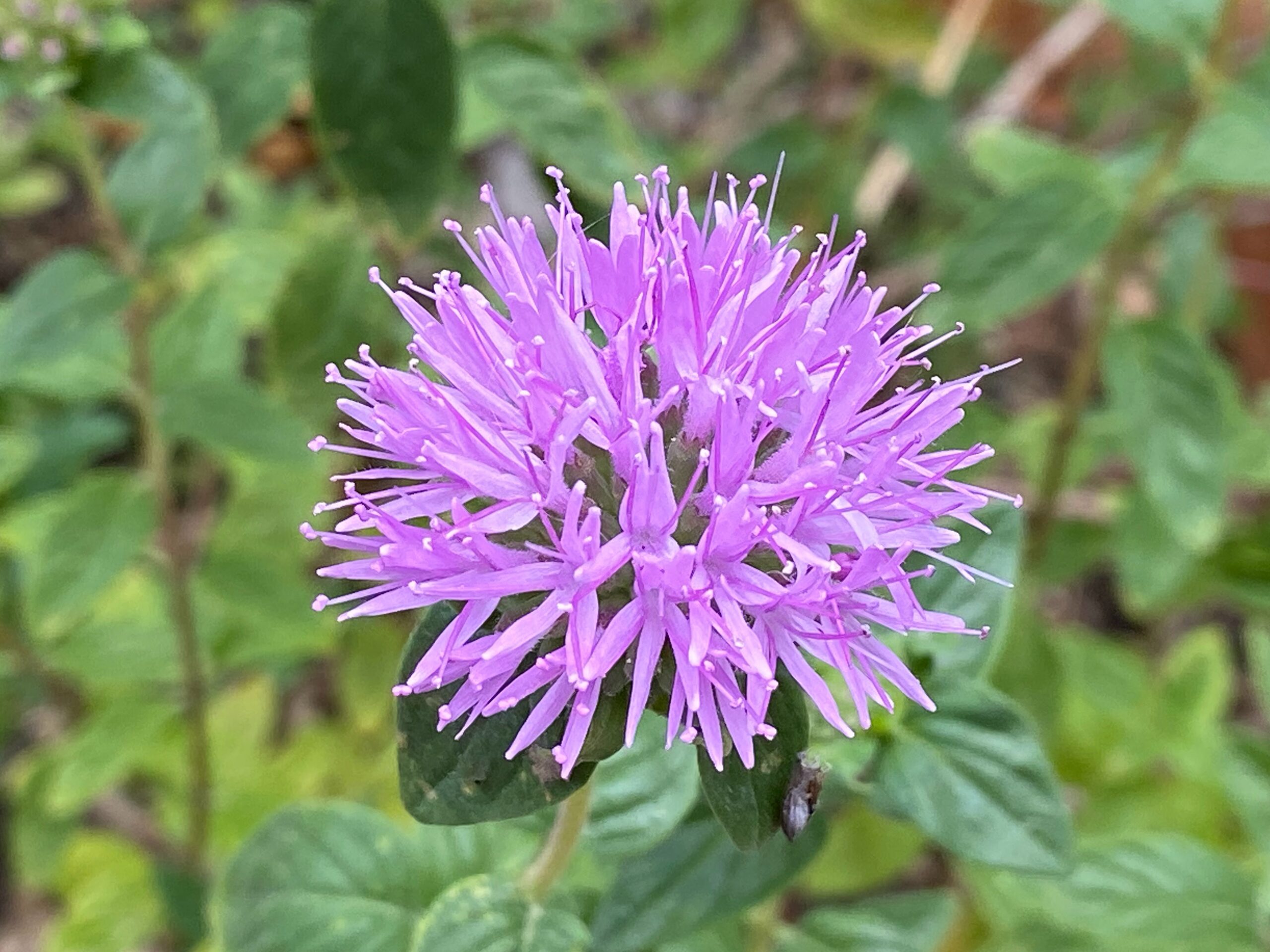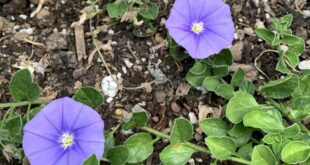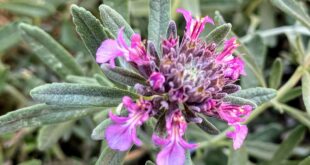Flowers
Calibrochoa
Formerly known as million bells, calibrachoa is an easy to grow, low-maintenance plant that displays masses of bell-shaped, petunia-like blooms from spring until the first light frost. The blooms cover long, cascading branches that make the plant ideal for containers or hanging baskets. Sun-loving calibrachoa reaches heights of 6 to 10 inches and displays a rainbow of bright colors, depending …
Read More »Petunias
Petunias are near fail-proof summer annuals. Plant in the ground, containers, or hanging baskets. For continued blooms, cut back one-third to two-thirds midsummer (August).
Read More »Viola “Whopping Purple Whiskers”
Viola “Whopping Purple Whiskers”Huge, 2.5″ across, intensely whiskered blooms of velvety purple and white! Free flowering over a long period of time (deadheading extends it even more) on a compact form, 9″ tall and 10″ across. Wonderful in pots. Rich soil for amazing show! Edible!
Read More »Gelasine coeruleax
A rare member of the Iris family with such unusual colored flowers – sky-blue-flushed light lavender. The anthers are bright purple against a soft white throat. To 2” across, the Iris like flowers face outwards atop upright 12-20” stems and they just keep coming May till September – at least. Slender Iris-like foliage is evergreen for us here in USDA …
Read More »Cupid’s Dart
“Cupid’s Dart” (Catananche caerulea ) provides masses of sturdy, upright stems topped by pearly-papery buds that open into these lovely semi-double, purple-eyed, lavender-blue, 2” blooms. Cupid’s Dart appear continuously from early to late summer, peaking in midsummer. Ancient Greeks and Romans used the flowers as the main ingredient in love potions, hence the amorous common name “Cupid’s Dart”. Genus name …
Read More »Coyote Mint
Noted for its pleasant mint scent, Monardella villosa (Coyote Mint) is a small perennial forming a bushy mound of oval-shaped, soft, light fuzzy grayish-green leaves. They are topped by a profusion of small, bright lavender or pink flowers in dense spherical flower heads from late spring to alate summer. Nectar-rich, the blossoms are attractive to insects, especially bees and butterflies. …
Read More »Buddleia ‘Butterfly Bush’
We have grown Buddleia in containers in our Sunnyvale garden for ten years.The purple flower panicle when it starts blooming in June is very beautiful. Unfortunately for Buddleia, as the year progresses, other flowers and fruits distract us. Buddleja, or Buddleia, commonly known as the butterfly bush, is a genus comprising over 140 species of flowering plants endemic to Asia, …
Read More »Convolvulus sabatius
This pretty and tough evergreen groundcover is one of the most versatile, hard-working plants going! Lovely bluish-purple, open-faced, funnel-shaped 1-2” flowers appear in late Spring and continuing nonstop well into the Fall. Not invasive like some annual “Morning Glories”, this Mediterranean sun-lover needs little water once established. Forms a low, dense, vining mat of foliage 3’ across that helps with …
Read More »Teucrium aroanium
This charming, fragrant groundcover hails from Greece. Masses of 3/4” two-lipped mauve flowers appear in late Spring and continue well into Fall! The bee-attracting flowers exude a honey scent while the oblong silvery-green leaves offer a pleasing woodsy fragrance. Like most Teucriums, this “Gray Creeping Germander” is a tough little guy, managing very well with little water and poor soil, …
Read More »